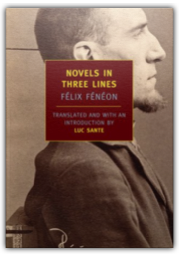
A NEW YORK REVIEW BOOKS ORIGINAL 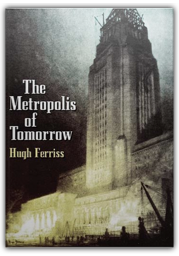
The metropolis of the future — as perceived by architect Hugh Ferriss in 1929 — was both generous and prophetic in vision. Largely an illustrated essay on the modern city and its future, Ferriss' book incorporated his philosophy of architecture. Includes powerful illustrations of towering structures, personal space, wide avenues, and rooftop parks. 59 illustrations. 
If Britain surprises you as a source of graphic innovation, think of those posters from the 1920s and '30s promoting London's new subway system, The Underground—the bold red circle with the horizontal slash set in some futurist illustration of urbanity. It's true that England was slow to accept modernism as a vehicle for advertising British goods and industry. While France, Germany, and the U.S. were leaving decorative ornament behind in favor of more bold, industrial, and progressive techniques, English graphic artists held fast to their late-19th-century traditions. But not for long. By the 1920s, young English designers had not only accepted the methods of the Continent, but had made them their own. With the support of British trade and marketing organizations, English posters, packaging, typography, and book designs won international recognition. 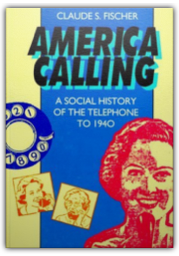
The telephone looms large in our lives, as ever present in modern societies as cars and television. Claude Fischer presents the first social history of this vital but little-studied technology—how we encountered, tested, and ultimately embraced it with enthusiasm. Using telephone ads, oral histories, telephone industry correspondence, and statistical data, Fischer's work is a colorful exploration of how, when, and why Americans started communicating in this radically new manner. 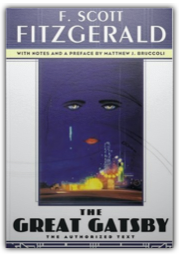
In 1922, F. Scott Fitzgerald announced his decision to write "something new—something extraordinary and beautiful and simple + intricately patterned." That extraordinary, beautiful, intricately patterned, and above all, simple novel became The Great Gatsby, arguably Fitzgerald's finest work and certainly the book for which he is best known. A portrait of the Jazz Age in all of its decadence and excess, Gatsbycaptured the spirit of the author's generation and earned itself a permanent place in American mythology. Self-made, self-invented millionaire Jay Gatsby embodies some of Fitzgerald's—and his country's—most abiding obsessions: money, ambition, greed, and the promise of new beginnings. "Gatsby believed in the green light, the orgiastic future that year by year recedes before us. It eluded us then, but that's no matter—tomorrow we will run faster, stretch out our arms farther.... And one fine morning——" Gatsby's rise to glory and eventual fall from grace becomes a kind of cautionary tale about the American Dream. 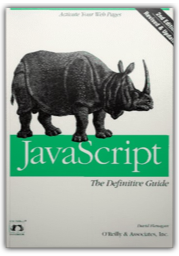
In typical O'Reilly & Associates fashion, this book documents every nuance of the JavaScript 1.1 language specification. It may appear dry on the surface (many pages have the spare style of UNIX online documentation), but this is the book you'll pull off your shelf when you want to know which method returns the primitive value of an object. Flanagan's book comes out ahead of its competitors in a few other areas, too. JavaScriptfeatures a useful discussion of the limited JavaScript support found in Microsoft Internet Explorer and provides excellent documentation of LiveConnect, the software that allows JavaScript to communicate with Java applets. It also offers a taste of what's in store for the just-released JavaScript 1.2. |
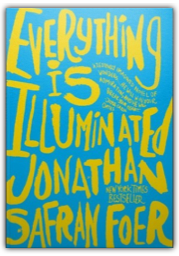
The simplest thing would be to describe Everything Is Illuminated, Jonathan Safran Foer's accomplished debut, as a novel about the Holocaust. It is, but that really fails to do justice to the sheer ambition of this book. The main story is a grimly familiar one. A young Jewish American—who just happens to be called Jonathan Safran Foer—travels to the Ukraine in the hope of finding the woman who saved his grandfather from the Nazis. He is aided in his search by Alex Perchov, a naïve Ukrainian translator, Alex's grandfather (also called Alex), and a flatulent mongrel dog named Sammy Davis Jr. Jr. On their journey through Eastern Europe's obliterated landscape they unearth facts about the Nazi atrocities and the extent of Ukrainian complicity that have implications for Perchov as well as Safran Foer. This narrative is not, however, recounted from (the character) Jonathan Safran Foer's perspective. It is relayed through a series of letters that Alex sends to Foer. These are written in the kind of broken Russo-English normally reserved for Bond villains or Latka from Taxi. Interspersed between these letters are fragments of a novel by Safran Foer—a wonderfully imagined, almost magical realist, account of life in the shtetl before the Nazis destroyed it. These are in turn commented on by Alex, creating an additional metafictional angle to the tale. 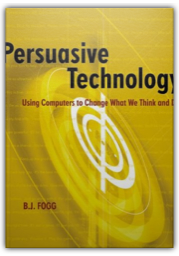
Can computers change what you think and do? Can they motivate you to stop smoking, persuade you to buy insurance, or convince you to join the Army? 
|

My Library
Collection Total:
1165 Items
1165 Items
Last Updated:
Sep 9, 2009
Sep 9, 2009

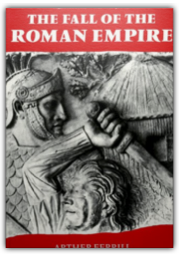
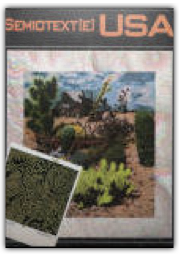


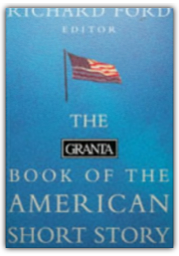
 Made with Delicious Library
Made with Delicious Library